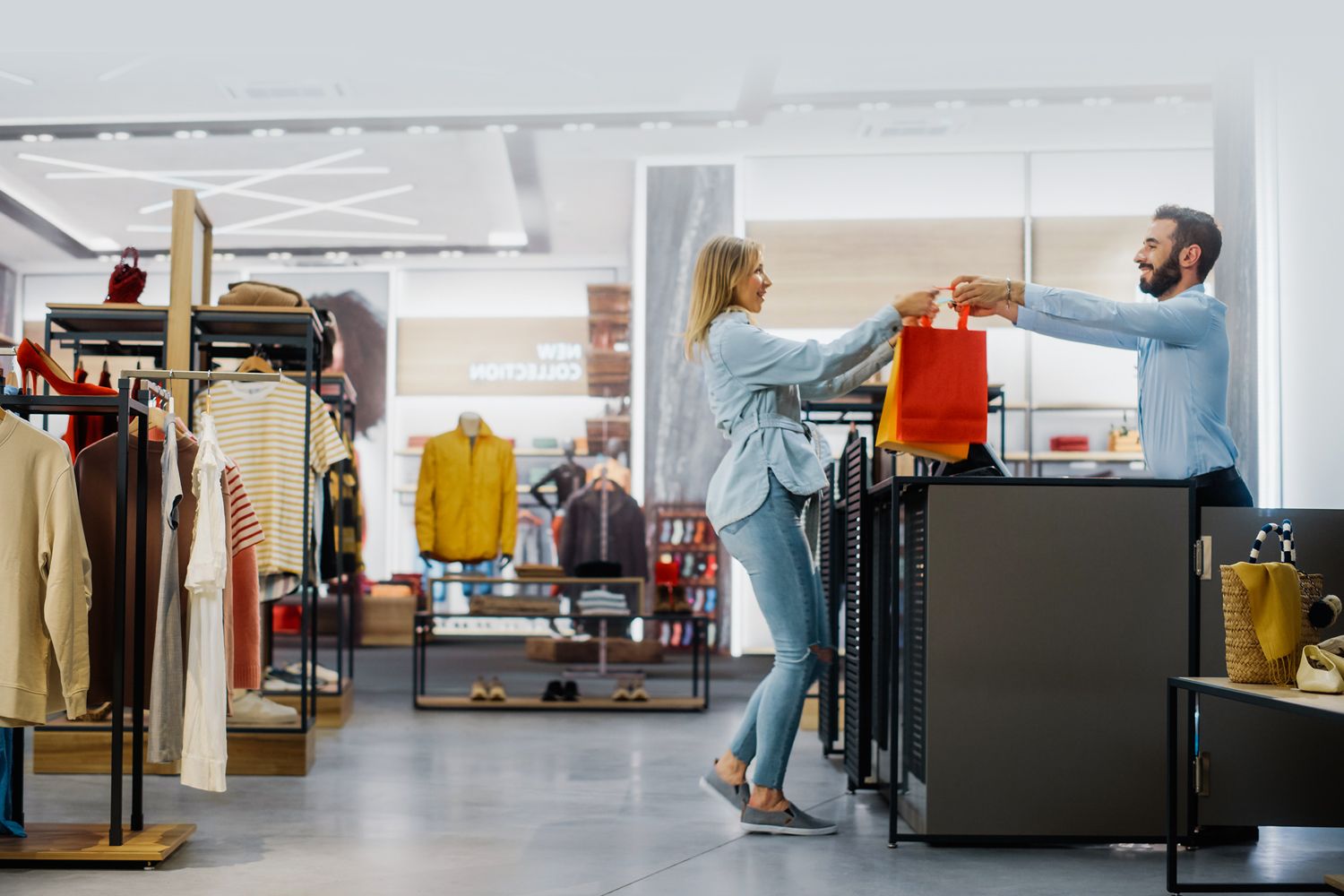At the National Retail Federation's (NRF) Big Show - the largest global retail event with more than 35,000 attendees from 75 countries - we had the opportunity to hear firsthand what's top of mind for retailers from around the world and to discuss the future of the sector.
Retailers have proven their resilience time and again, and they are poised to do the same in 2023. In our latest global retail report, “Retail’s delicate balance,” we discuss how understanding the interplay between a growing set of tensions can help retail leaders not just survive, but better protect profitability, establish business priorities, and find opportunities for sustainable growth.
Retail tension framework: People, planet and profit
In our report, we look at the challenges and opportunities for retailers today as three high-level forces shaping the retail industry: people, planet, and profit. We then provide a framework to understand and leverage these forces by examining the tensions and harmonies between employees, sustainability, margin protection, and other influences or “themes” within the “three Ps".
Three key tensions for retailers in 2023
Certainly, every retailer is different and will prioritize among the many thousands of combinations those that are the most impactful to the organization. For our report, we considered three that tensions that have wide impact in the coming months.
- Margin protection and sustainability: The retail industry continues to be one of the most powerful forces in the world, yet profitability has declined as much as 50 percent in many of the major markets over the last 10 years. The transition to more sustainable practices is costly unless they are embedded in the whole value creation model. Retailers will need to constantly evolve, adopting new business models and strategies that will allow them to deliver on their promises.
- Employees and society: Retail remains an integral part of society as often the largest employer and critical provider of entry-level and flexible work to serve a diverse workforce, as well as a significant charitable contributor to local communities. However, retailers can miss opportunities in that intersection between employees (who are also consumers) and community to strengthen loyalty, attract and retain talent, and sustain business through economic downturns.
- Employees; margin protection; and business models and innovation: Employees are one of retail’s most important assets but are often considered first as a cost center, even while retail faces an acute labor shortage. Technology investment is expensive upfront but can release pressure on the bottom line by increasing efficiencies and productivity from a shrinking workforce. Just as importantly, automation and other innovations can free employees from manual tasks and allow them to focus on what matters most: enhancing the consumer experience.
Download the full report for further insights and outlook for the retail industry.
Contact us
Connect with us
- Find office locations kpmg.findOfficeLocations
- kpmg.emailUs
- Social media @ KPMG kpmg.socialMedia
Save, Curate and Share
Save what resonates, curate a library of information, and share content with your network of contacts.


